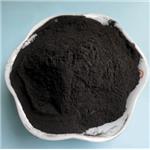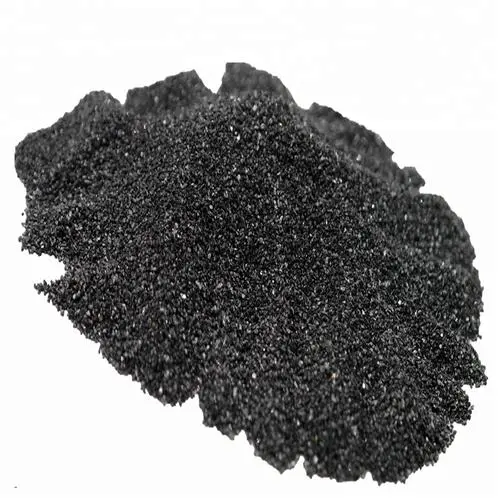The structure of Silicon carbide
Introduction
Silicon carbide (SiC) is fundamental in many emerging technologies, such as power electronics, optoelectronics, and quantum computing. SiC-based power devices can revolutionize power electronics, replacing Si-based technology due to its fast switching speeds, low losses, and high blocking voltage[1].
Structure
SiC is Zincblende, Sphalerite structured and crystallizes in the cubic F̅43m space group. Si⁴⁺ is bonded to four equivalent C⁴⁻ atoms to form corner-sharing SiC₄ tetrahedra. All Si-C bond lengths are 1.89 Å. C⁴⁻ is bonded to four equivalent Si⁴⁺ atoms to form corner-sharing CSi₄ tetrahedra.
6H-SiC and 3C-SiC

Current high κ electronic materials such as hexagonal SiC and AlN have room-temperature c-axis κ of ~320 W m−1K−1 for 6H-SiC, ~350 W m−1K−1 for 4H-SiC. The widely used high κ value (490 W m−1K−1) for 6H-SiC is from Slack’s measurements back to 1964 with a thermocouple-based steady-state technique. More advanced measurements based on time-domain thermoreflectance (TDTR) reduced the errors. They corrected this value to ~320 W m-1K−1 for 6H-SiC11,15,16, consistent with first-principles calculations of perfect single crystal 6H-SiC based on density functional theory (DFT)17. The excellent agreement of the measured 6H-SiC thermal conductivity with the predicted intrinsic thermal conductivity shows the high quality of current commercially available 6H-SiC[2].
Compared with the extensively studied and widely used hexagonal phase SiC polytypes (6H and 4H), the cubic phase SiC (3C) is much less well understood even though it potentially has the best electronic properties and much higher κ1,5. The metal oxide semiconductor field effect transistor (MOSFET) based on 3C-SiC has the highest channel mobility ever presented on any SiC polytype, which produces a large reduction in the power consumption of power switching devices5. 3C-SiC is a SiC polytype that can be grown on Si5.
3C-SiC has a less complex crystal structure than 6H-SiC. Therefore, a higher κ than the 6H phase is predicted for 3C-SiC single crystal1. The wafer has a yellow color for two reasons. First, the bandgap of 3C-SiC is 2.3 eV, corresponding to the energy of photons with wavelength 539 nm. The intrinsic absorption of 3C-SiC makes it look yellow. Second, the nitrogen defects in the 3C-SiC crystal also possibly contribute to the yellow color.
References
[1] Zhe Cheng. “High thermal conductivity in wafer-scale cubic silicon carbide crystals.” Nature Communications (2022): 7201.
[2] Jannatun Noor Sameera . “Cubic Silicon Carbide (3C–SiC) as a buffer layer for high efficiency and highly stable CdTe solar cell.” Optical Materials 123 (2022): Article 111911.
You may like
Related articles And Qustion
Lastest Price from Silicon carbide manufacturers

US $0.00-0.00/KG2025-05-15
- CAS:
- 409-21-2
- Min. Order:
- 1KG
- Purity:
- 98.0%
- Supply Ability:
- 10000KGS

US $1180.00-1160.00/Tons2025-03-07
- CAS:
- 409-21-2
- Min. Order:
- 10Tons
- Purity:
- 99%
- Supply Ability:
- 100Tons



